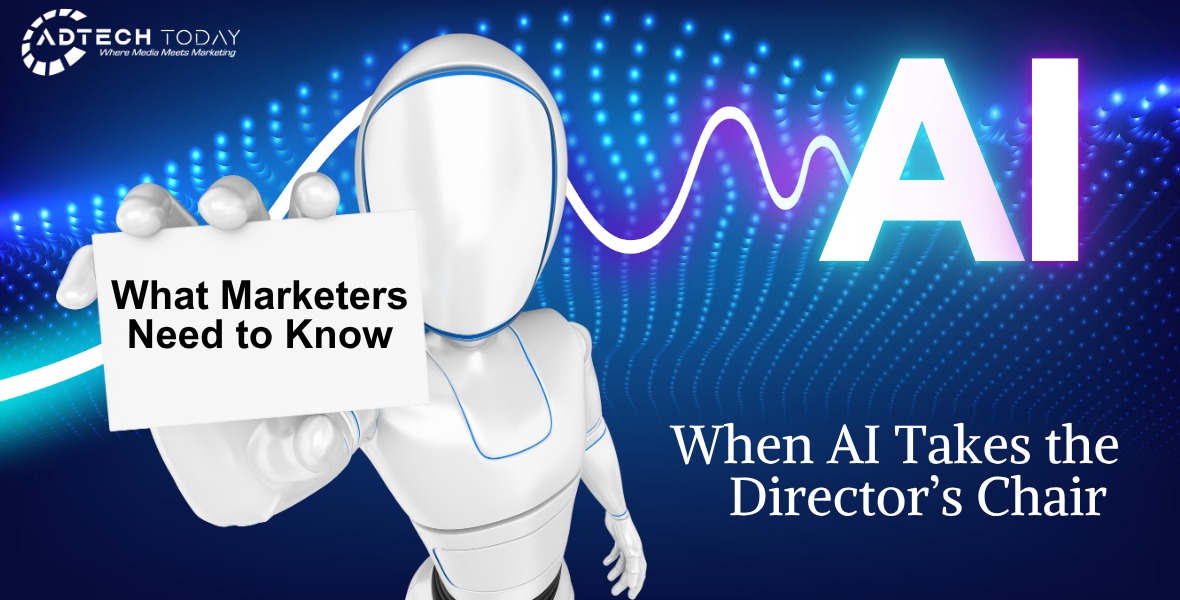

As video cements its place at the heart of digital strategy, AI is playing a pivotal role in how content is imagined, produced, and personalized. From speeding up production workflows to enabling smarter storytelling, the technology is rapidly evolving the marketing playbook. In this story, leaders from across industries share their viewpoints on how AI is shaping the next chapter of video content creation—and what it means for brands, creators, and consumers alike.
Suchi Jain, General Manager- Head of Implementation- Madison World
To stay ahead in an AI-driven video content landscape, marketers and agencies must embrace emerging tools such as text-to-video generation and automated editing on. The role evolves into that of a giving smart inputs where enhancing human storytelling and enabling fast, iterative experimentation become key. Workflows need to accommodate hybrid teams and integrate real-time, data-informed feedback. Above all, staying competitive requires a commitment to continuous learning, practical experience, and a strong grasp of AI’s ethical considerations to deliver powerful, personalized campaigns.
Umma Saini, CCO, Schbang
As AI redefines video content creation, we must move beyond tools and embrace a new creative intelligence. This means mastering prompt design, understanding AI-native platforms, and building agile, modular workflows. The future belongs to those who can blend intuition with automation—crafting ideas with agility without losing authenticity. Agencies must foster ecosystems where creatives, technologists, and strategists collaborate seamlessly. A new wave needs new ways – Playing with AI and seriously building towards its application, especially in today’s video first time, are not optional anymore.
Himanshu Arora, Co-Founder, Social Panga
Let’s be clear — AI won’t replace marketers, but it will definitely replace marketers who don’t use AI.
Start experimenting with AI video editors (like Meta’s tools), script generators, voiceover tools, and dynamic resizing platforms. Build AI into your content workflow, not as a crutch — but as a catalyst.
AI can accelerate editing, but it can’t replace insight-driven storytelling, cultural nuance, or emotional resonance. Build sharp creative instincts and double down on strategy.
AI helps you move fast. But don’t let that speed dilute originality.
Manish Kumar, Founder, Videos4Businesses
This is going to be extremely critical for any creative agency because this surely is the future. One needs to really upskill and be extremely dynamic, as this environment is changing every day. R&D, regular updation of knowledge, and training are going to be extremely important.
The second important point is that none of the technology past, present, or future lives in isolation. It always needs to be complemented with other technologies, as well as existing and futuristic software and talent. From graphic designing to VFX, generation to correction, Photoshop and many other tools all of these have to come together to create the right kind of perfection.
Ajit Narayan, CMO, Socxo
You can learn only by using the tools and evaluation. Requires time and effort to be spent by agencies and marketers to invest quality time behind playing with the tools to catch it from the evolution of AI instead of waiting for full blown availability in which case the learning curves might get complicated folks will miss out.
And not to forget, it is highly enjoyable to play with these tools as of now and experiment. So this is the time while the pricing does not seem too heavy as well.As AI blurs the line between human-made and machine-generated content, how should marketers navigate copyright, content ownership, and ethical consideration
This will happen. But even with the speed at which it is going, the blur is not going to get cleared in the near short term. For video it is going to take time. On content ownership and ethics the debates are still raging on. And there will be grey areas which will be used. As we have seen in the case of digital music. It took a long time and is still ongoing but the canvas is in a way set and users have migrated from offline to online music.